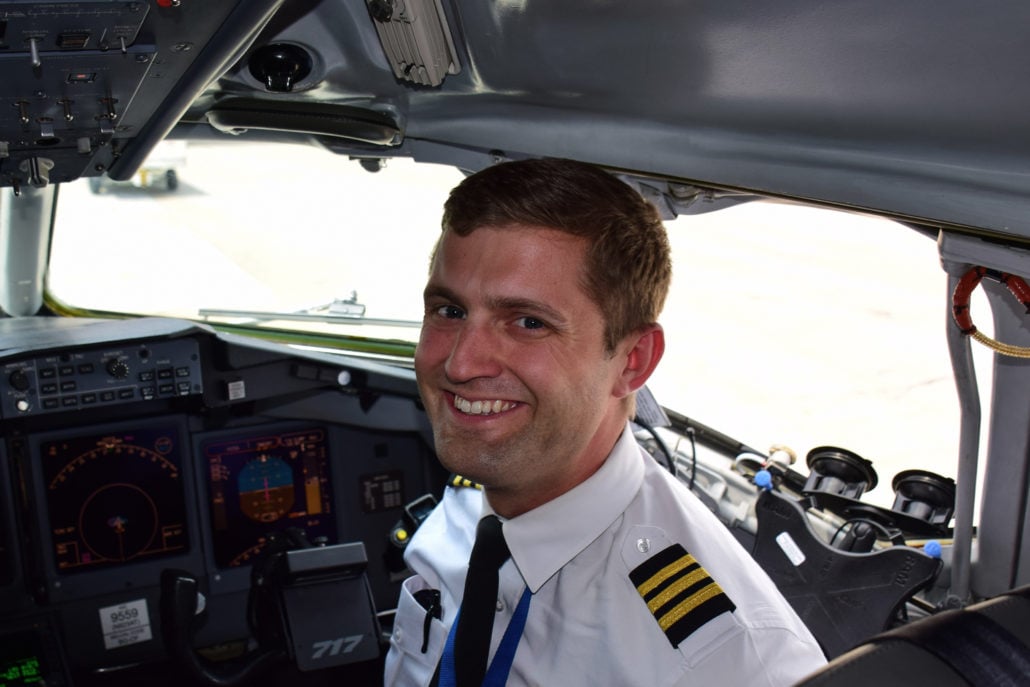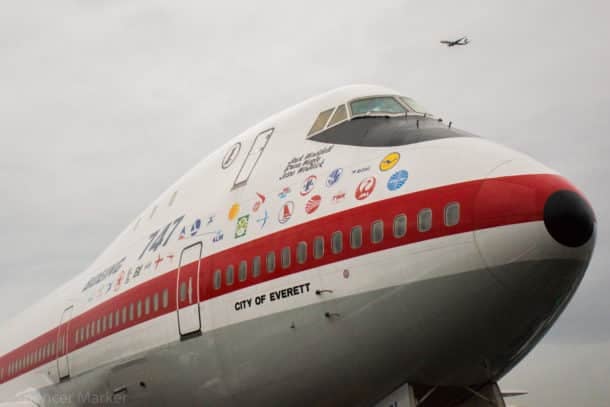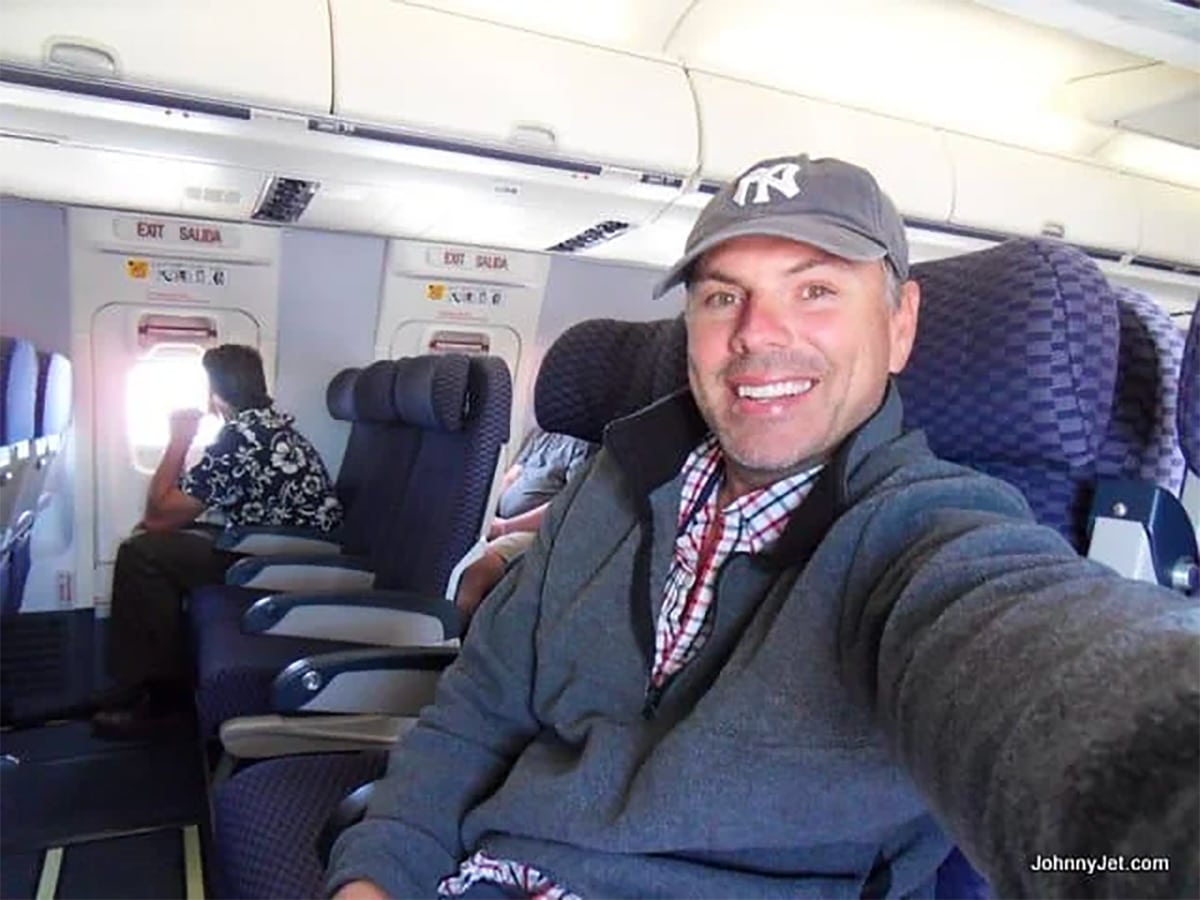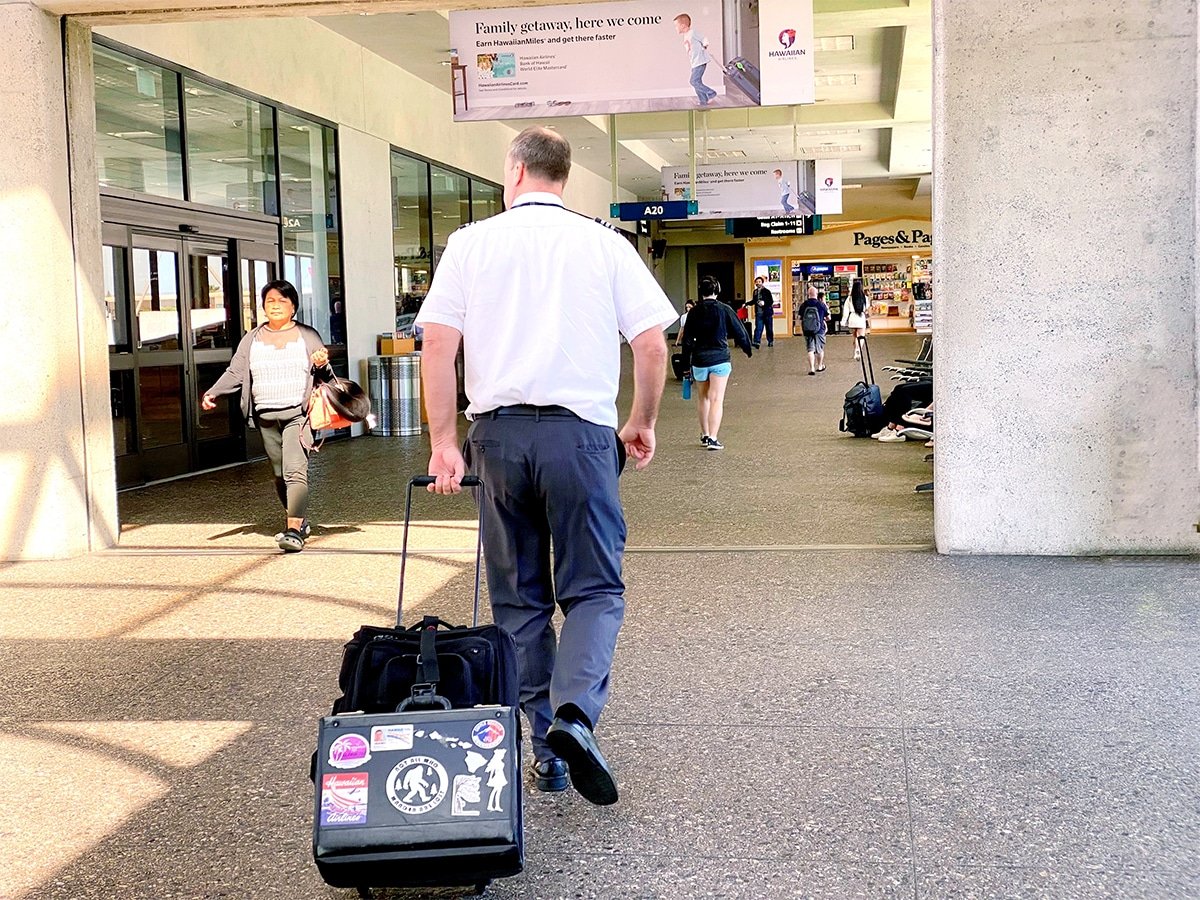
In our Ask a Pilot series, pilot Spencer Marker answers one of your aviation-related questions each week. See past installments here and submit your own to whitney@johnnyjet.com.
The “question”
The beautiful four-engine 747 has graced the skies of the world since its first flight in 1969. Since then, the aircraft has carried more than 1.8 billion people and over 1500 of these jets have rolled off the assembly lines. Her future is not so certain, however, as airlines are quickly doing away with fuel-hungry four-engine jets and moving towards thriftier twin-engine airplanes. With United Airlines’ announcement of accelerated retirement of their 747 fleet, I felt it was necessary to highlight some of the more unique aspects of the iconic “Queen of the Skies.”
The “answer” (the story of the 747, pictured below)

Military/cargo heritage
The genesis of the 747 came about in the early 1960s from a military request for a very large cargo aircraft. Boeing’s proposal was for an enormous airlifter with the cockpit situated above the main deck of the airplane. This configuration allowed easy loading of bulky cargo through a large swinging nose. Their offering was ultimately not selected by the Air Force (Lockheed won the contract with a jet that would become the massive C-5 Galaxy).
However, in the mid 1960s, the company was approached by Juan Trippe, president of Pan American World Airways, to build an aircraft twice as large as his current fleet of 707s. While the aircraft was an all-new design, Boeing incorporated innovative technology that had been designed for their military proposal. This includes the flight deck location above the main deck of the aircraft, giving the 747 its iconic fuselage hump.
High-Bypass Turbofan
Of course an aircraft of such immense scale needed to be powered by an equally immense engine. However, in the 1960s, there simply was no engine large enough to power the proposed 700,000-pound behemoth.
Boeing turned to engine-maker Pratt & Whitney for help. Their answer was the innovative JT9D, a High-Bypass Turbofan. Rather than using pure jet thrust to propel the airplane through the sky, these engines use some of that jet thrust’s energy to spin a large fan in the front. The air from this fan is blown, or bypassed, around the core and out the back of the engine (a more in depth explanation can be found here). The JT9D engine Boeing selected produced nearly 45,000 pounds of thrust, making it more than twice as powerful as other engines of the day.
The benefits of this configuration were huge and immediate. More thrust could be generated while burning significantly less fuel. To this day, engines of this variety power nearly all commercial aircraft.
Boeing’s big gamble
The project was an enormous undertaking for the Boeing Company, both financially and technologically. No commercial aircraft had ever been designed to be this large before. And while Pan Am placed a $525 million order in 1966 for 25 airplanes, technical and financial success were still not assured. Boeing would have to build an entirely new plant to construct the new jet and the new large engines would still have to prove their reliability. Boeing invested over $2 billion in the new undertaking.
New Everett plant
To construct such a large aircraft, you need an equally large factory. Upon securing the contract from Pan Am, Boeing purchased nearly 800 acres of land at Paine Field in Everett, Washington. On this land, they proceeded to construct the world’s largest building (by volume), containing 472 million cubic feet of total volume within its walls. While the plant was still under construction in 1968, a team of Boeing employees dubbed “The Incredibles” were already assembling the first 747.
Massive proportions
The public got its first glimpse of the new jumbo jet on September 30, 1968, as the plane was rolled out of its hangar for the first time. It was a sight to behold. It was 225-feet long and her 195-foot wingspan was greater than the distance of the Wright Brothers’ first flight. The tail of the airplane rose an astounding six stories, and the flight deck sat 29 feet above the ground.
Wide-body innovation
The Boeing 747 was the first aircraft to be dubbed a wide-body. At 21-feet wide, her cabin proportions allowed configurations for 10 seats per row with two aisles. All this interior area allowed airlines to experiment with some luxurious amenities and configurations. American Airlines had perhaps the most notable 747 cabin, which included an aft lounge for coach passengers and piano bar!
Tires and landing gear
To evenly distribute the massive weight of the airplane, Boeing engineers designed the aircraft with sixteen main landing gear tires and two nose gear tires. Each of these main-gear tires are 4 feet tall and inflated with nitrogen.
To aid pilots in maneuvering the behemoth around tight airport taxiways, Boeing designed a system called “body-gear steering.” This system actually turns the inner two main landing gear in response to steering inputs by the pilots. Think of a hook-and-ladder fire truck with a firefighter steering the rear axel. This way the airplane can maneuver around tight corners despite its size.
To sum up
The Boeing 747 has been an aviation icon since its rollout in 1968. Since then, countless travelers have lauded its size and comfort. But it was more than just an airplane. The 747 connected continents, people and ideas like no other airplane before. That is why the mighty “Queen of the Skies” stands as one of the most important technological achievements of all time.
Do you have a favorite 747 travel story? If so, post it in the comments below! Also, if you have a burning aviation question or something you would like cleared up, drop us a line at Whitney@johnnyjet.com to get your question featured in an upcoming Ask a Pilot column.
Tailwinds,
—Spencer








In my 62 years of flying on commercIal aircraft, the Boeing 747 stands out as the most comfortable for passengers.